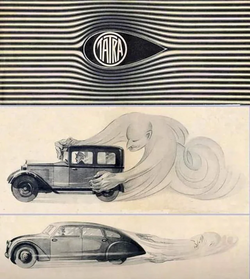- Joined
- Nov 15, 2021
My wife seems to handle the children just fine with her sedan.
Your wife isn't everybody - there's an observable consumer preferences for high-sitting vehicles. Since full-sized sedans don't get much better mileage than SUVs any more (besides being regulated differently), demand for them has been collapsing.
he conventional design of the BMW ix demonstrates that through optimization a typical SUV two box design can somehow be made as aerodynamic as the arch design of a prius.
A BMW ix is electric, so it's going to be a net positive on a company's regulatory balance sheet almost regardless of its aerodynamics. Remember, the F in CAFE stands for fleet. The EPA doesn't care about aerodynamics per se. It cares about the average fuel economy of all the vehicles you sell.
Bluff bodies create a large separation zone behind the car. This can be mitigated by trailing spoilers, which you increasingly see on minivans and more conventionally styled SUVs, but nothing beats a streamlined shape for controlling adverse pressure gradients, preventing boundary layer separation, and minimizing the drag induced by a wake. It's why you don't see flat rear ends on aircraft. The main reason auto companies spend millions of dollars on CFD and wind tunnels is to improve fuel economy so they cand meet regulatory targets. They're not just doing it because they're bored, or because they hate money, or because there's a conspiracy to make your cars ugly.
Of course, the basic principle was understood a hundred years ago:

I mention forum reports because that's usually real world reporting of fuel economy with the added benefit of knowing extra details like cruise speed and tire/wheel combinations. City economy is where the the X5 shows its age against a modern SUV but the main comparison is that the highway economy isn't too far off from a modern Benz since the topic was about aerodynamics of the coupe vs classical SUV style.
And I said what I did because the only way of testing mileage that determines whether or not you're compliant with CAFE standards. Engineers design to the EPA test, not to some forum guy's idea of how to test a car. Under the regulated testing conditions, the BMW gets 19 hwy mpg, and the Benz gets 26 mpg. There have been some advances in 20 years that X5 came out - better-optimized combustion chambers, GDI, a few other things, but a lot of it's aerodynamics. Companies just weren't doing the things with CFD in 2001 that they are now.
Last edited:
